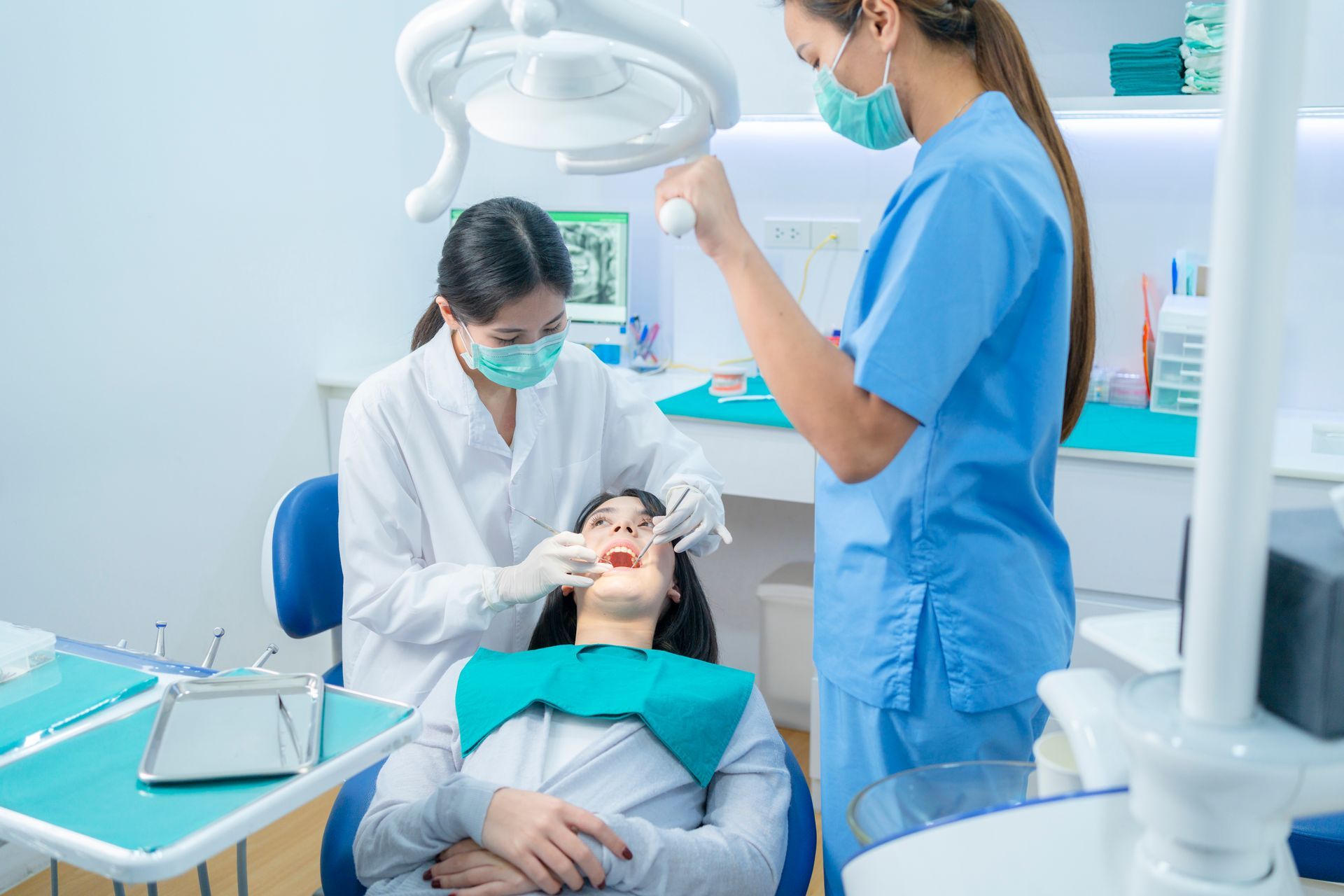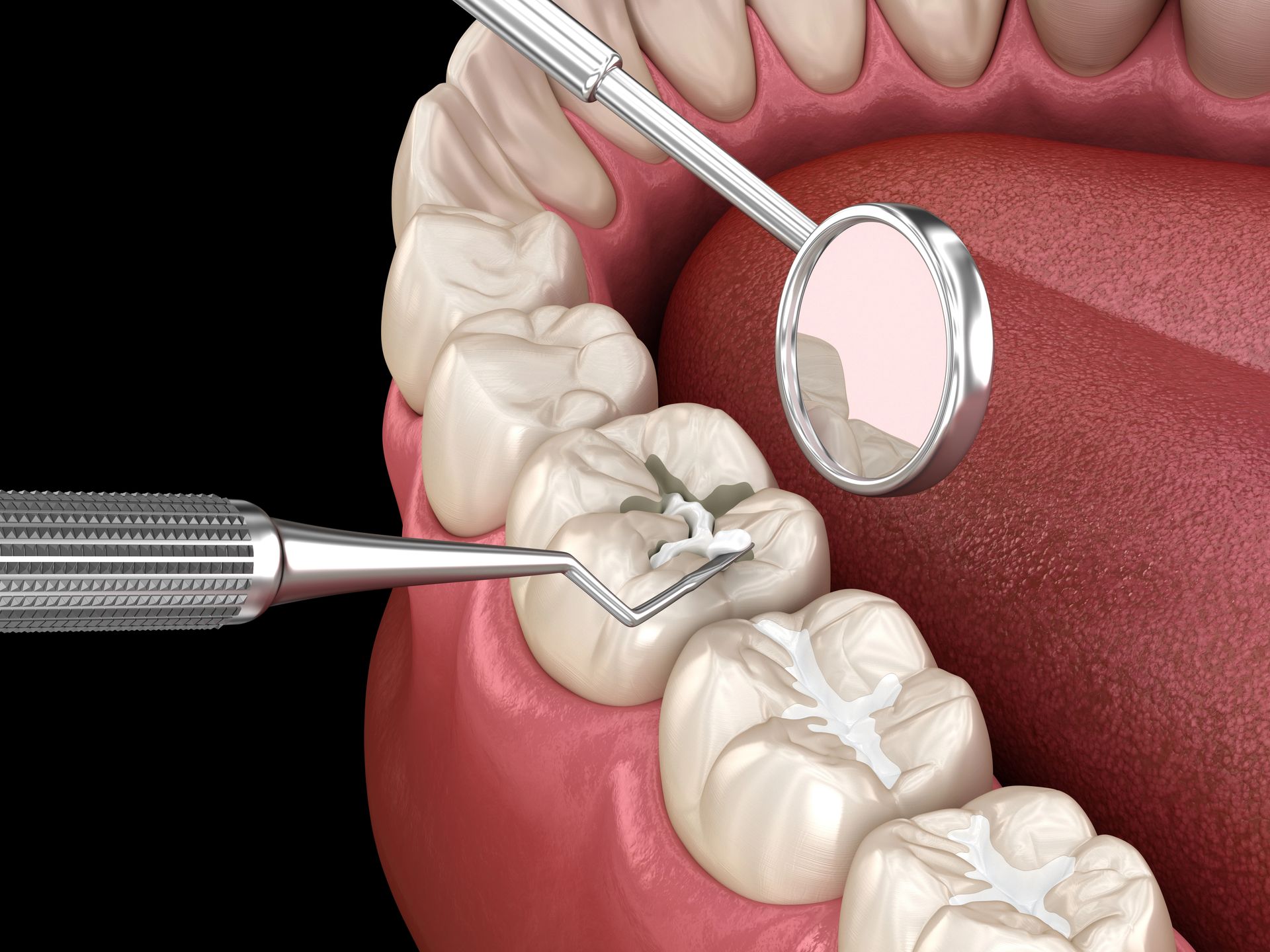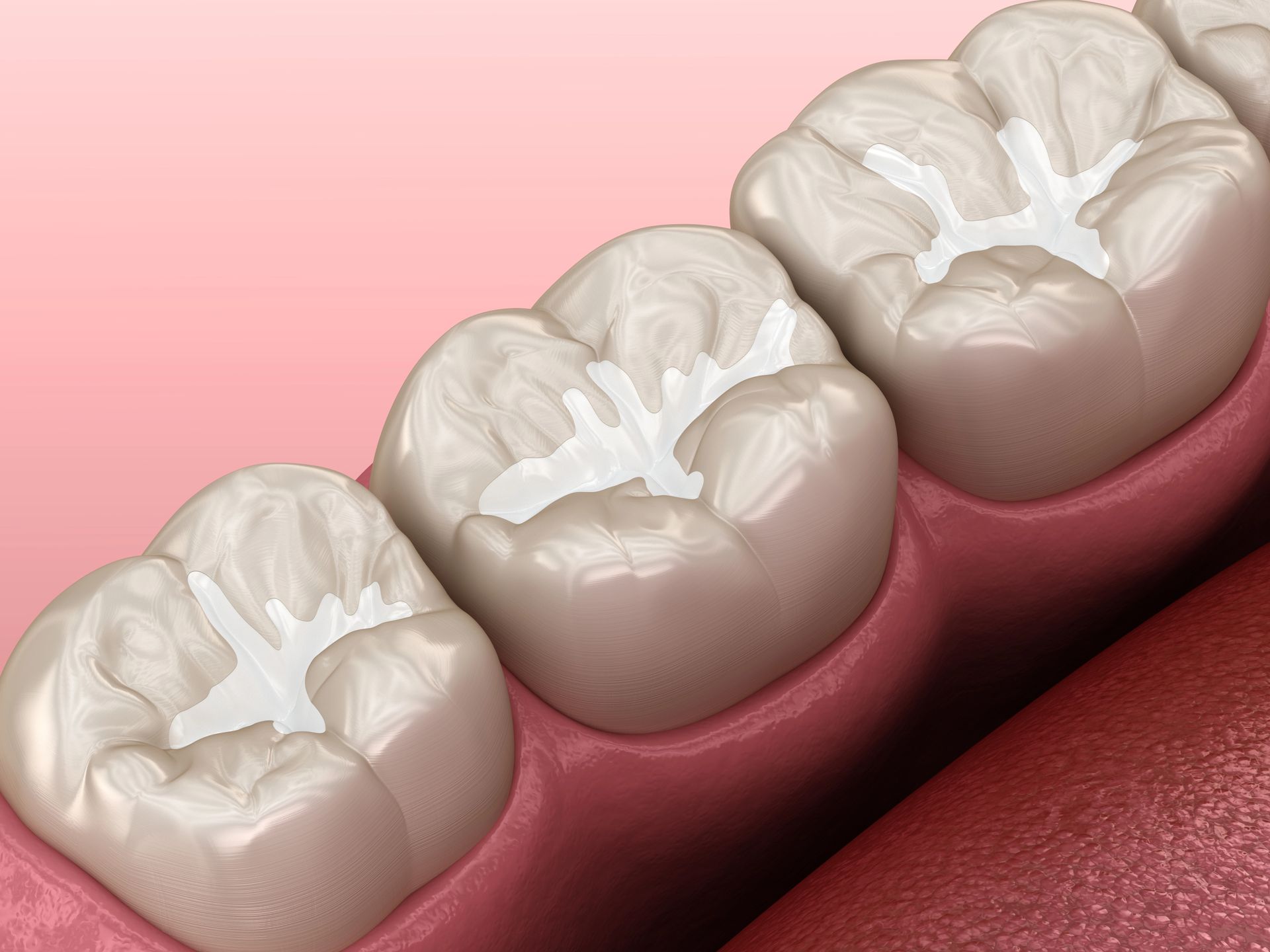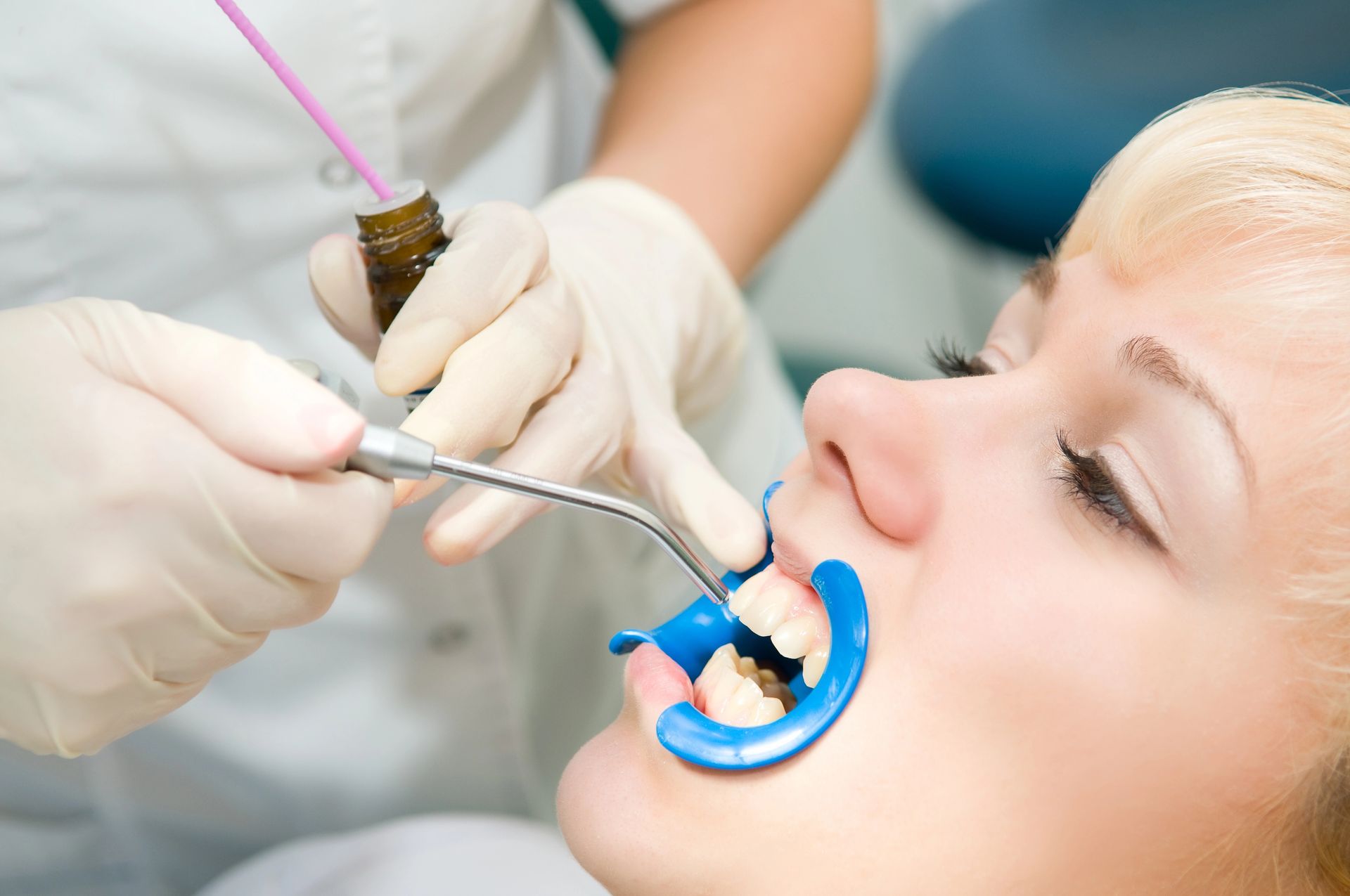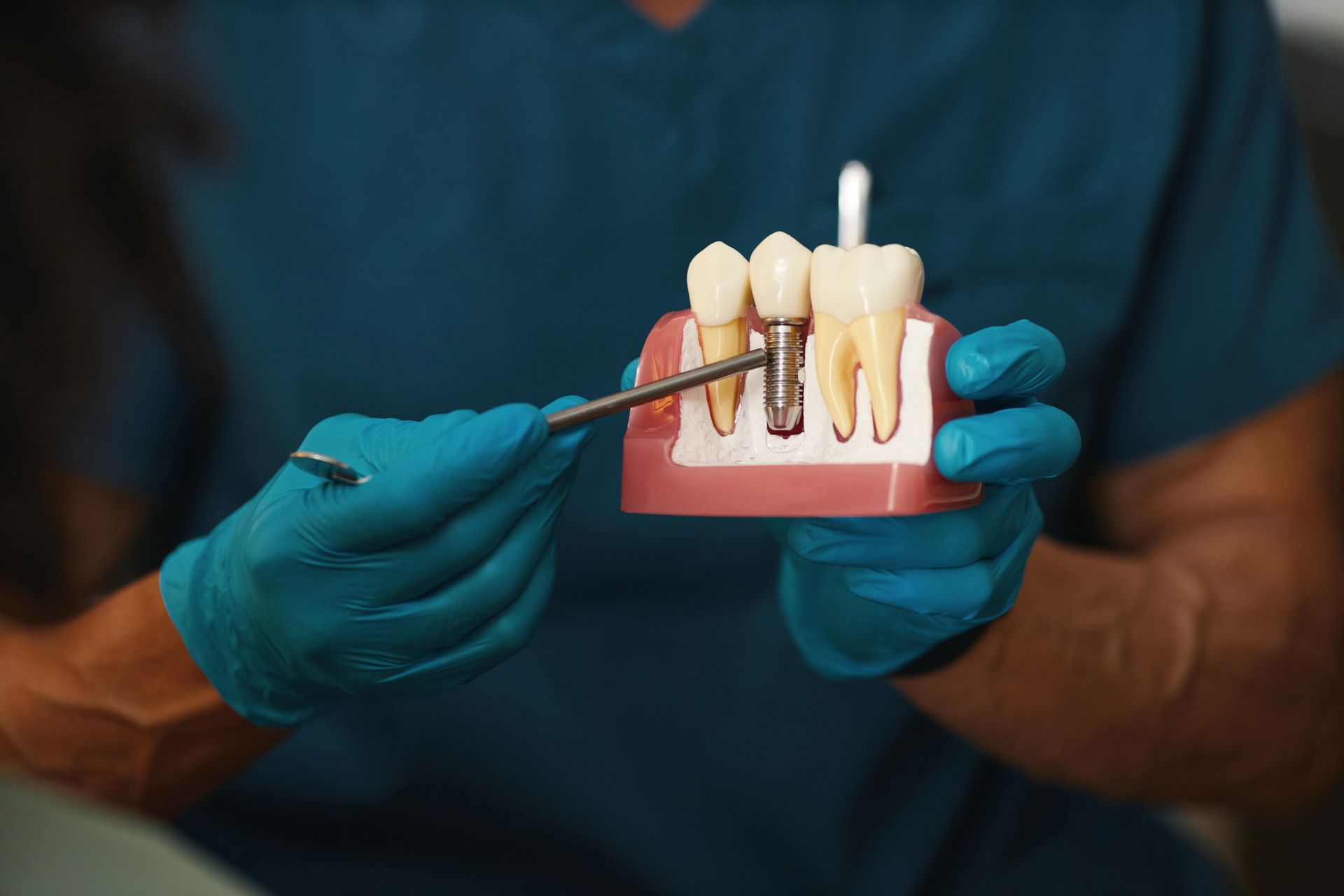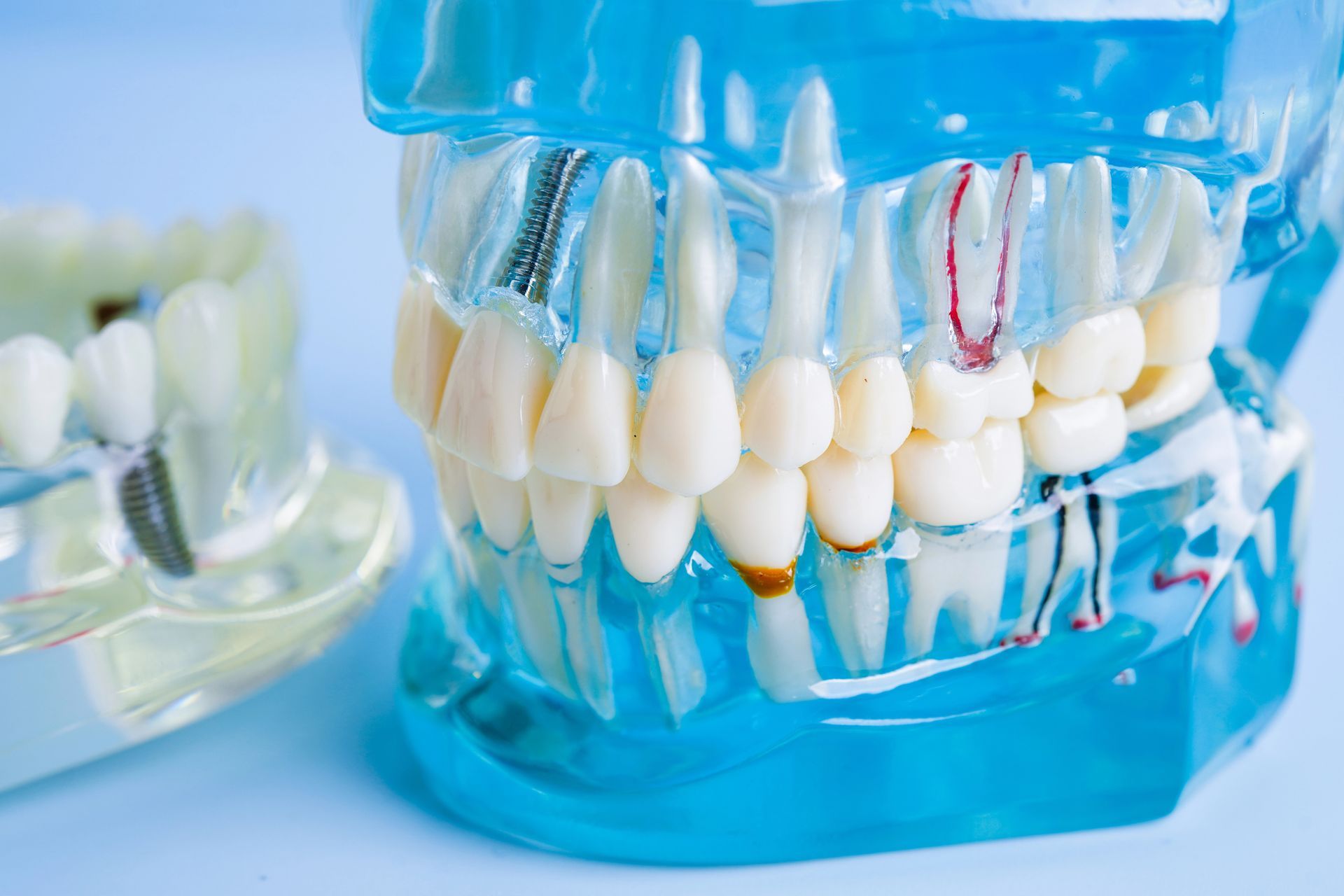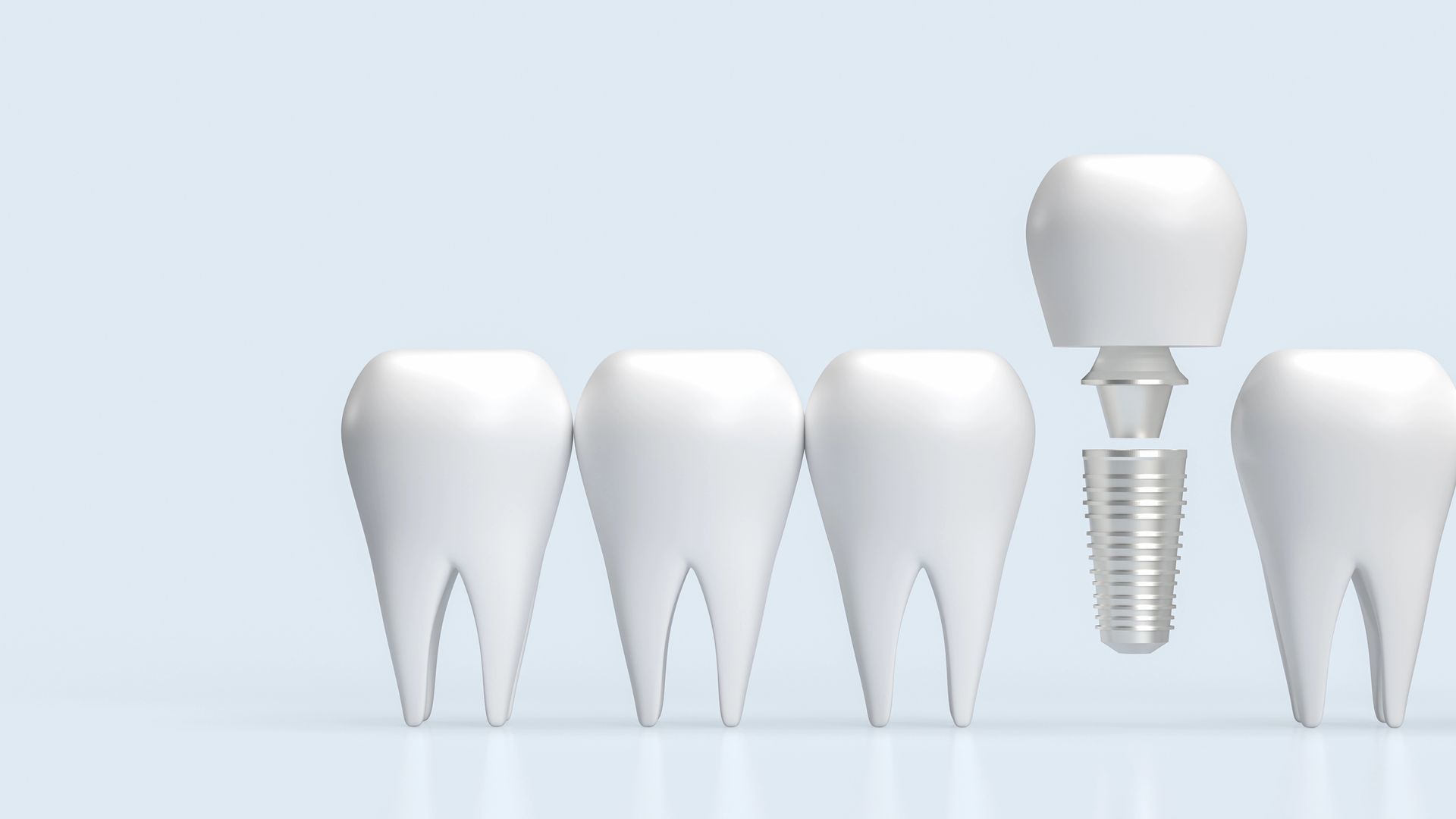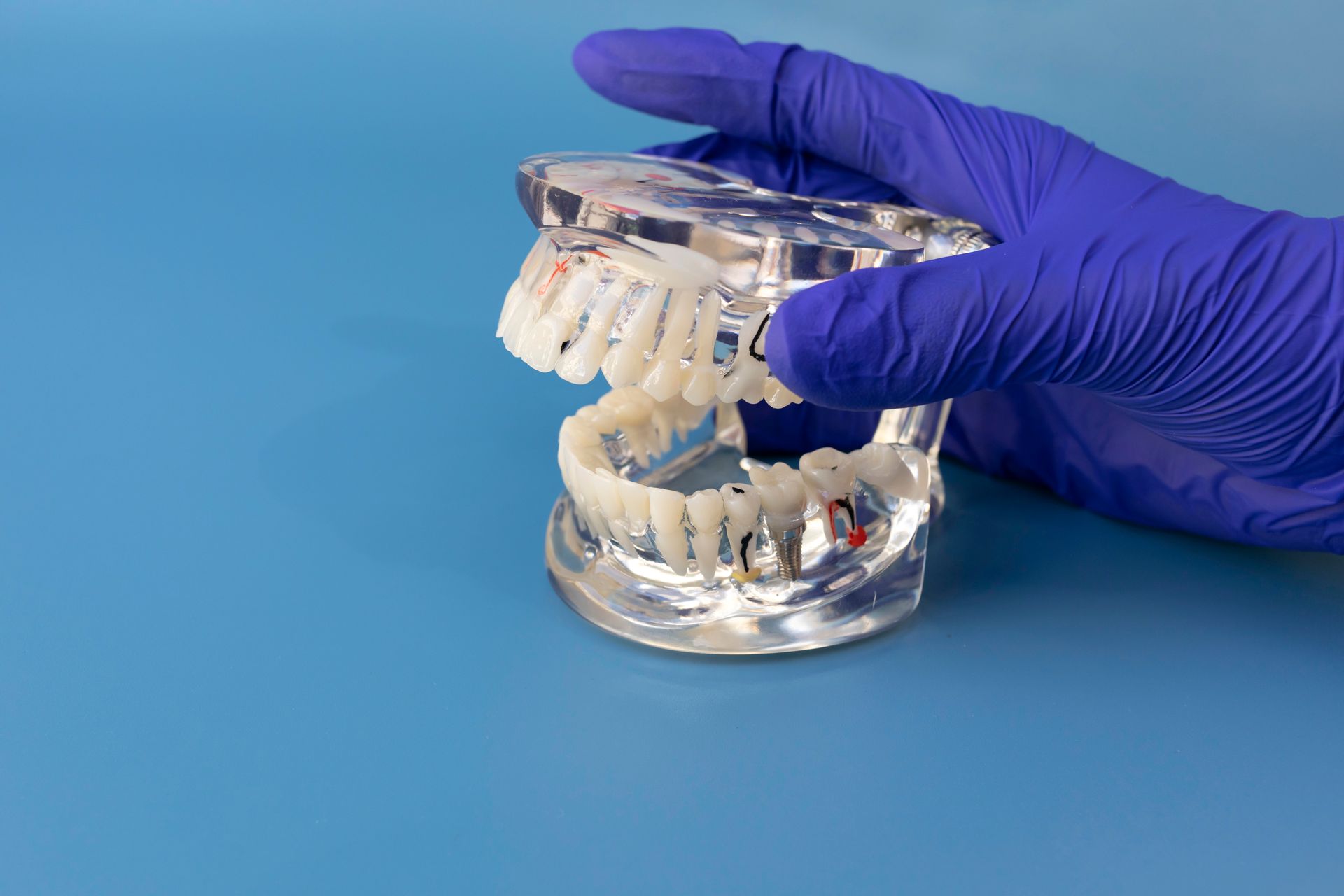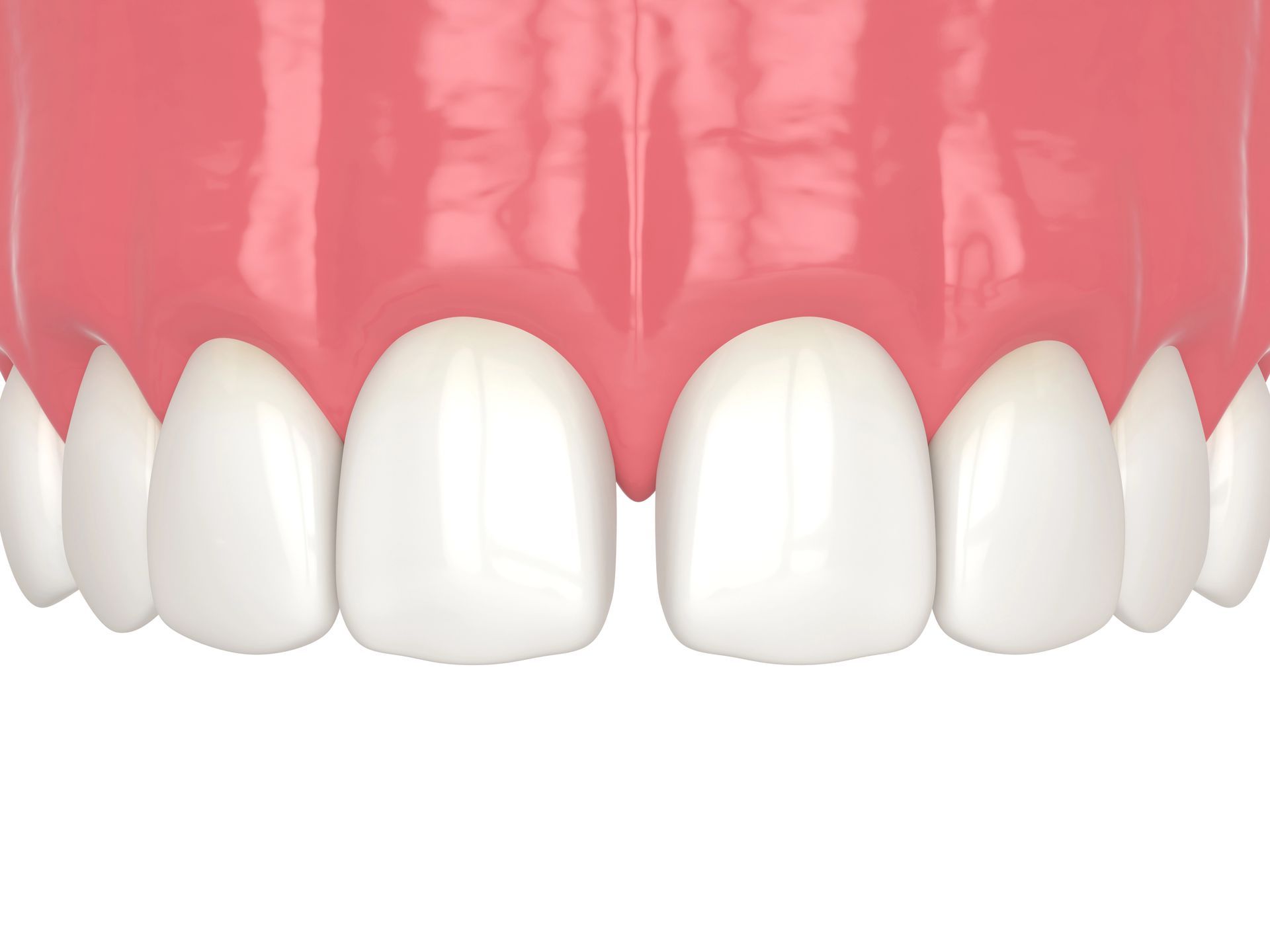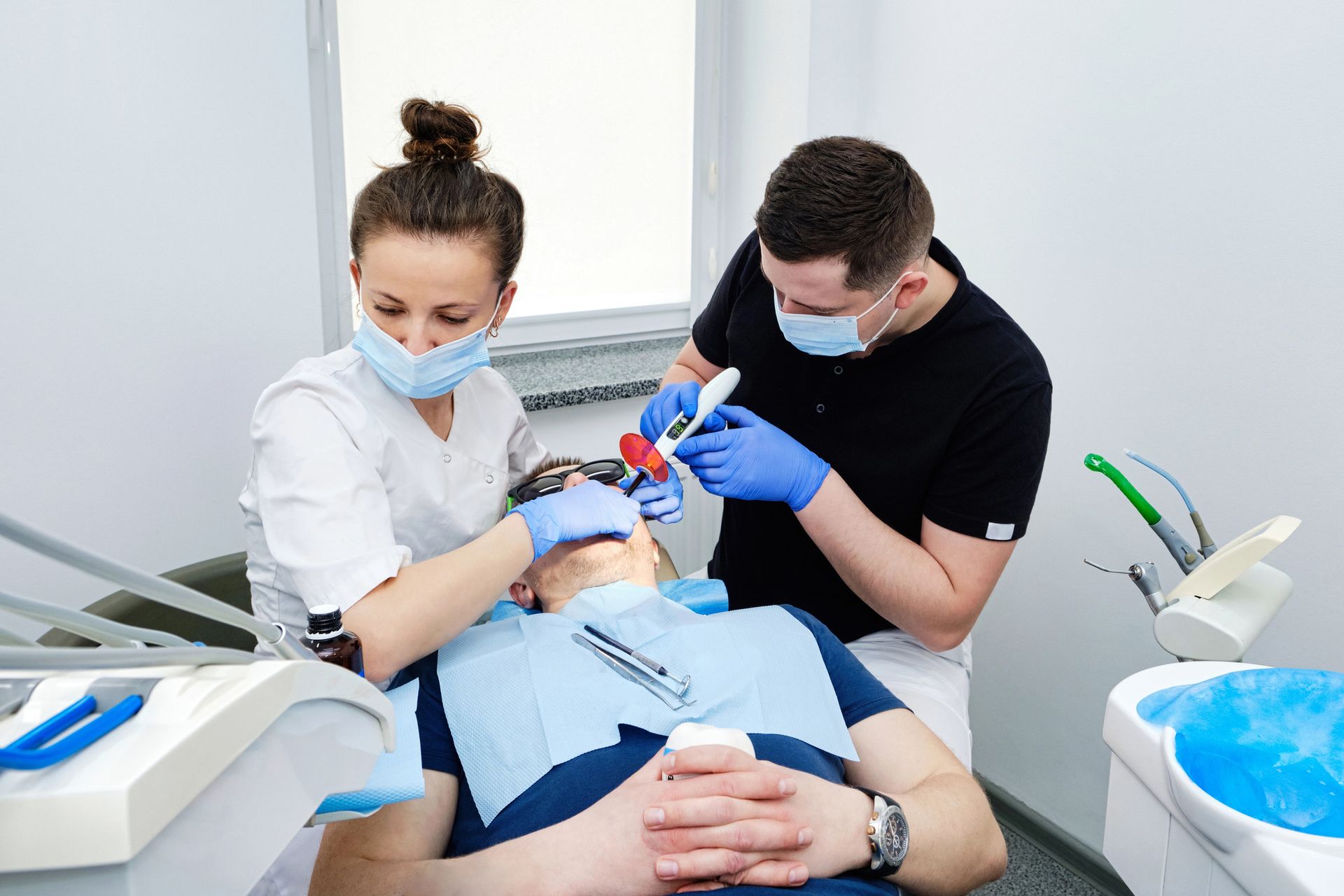Have you ever wondered how much tooth fillings cost? The price can vary widely depending on factors such as the material used and the complexity of the procedure. Generally, costs are influenced by the dentist's location and whether you have dental insurance.
Types of Tooth Fillings
The tooth fillings cost can vary significantly depending on the type of material used for the filling. Common materials include amalgam, which is a mixture of metals, and composite resins, which are tooth-colored and offer a more natural appearance. Each material has its own set of characteristics in terms of durability, aesthetic appeal, and application process, which can influence the overall cost of the procedure.
Other materials used for tooth fillings include gold and ceramic. Gold fillings are known for their durability, while ceramic fillings are appreciated for their aesthetic quality that closely matches natural tooth color. The choice of material not only affects the tooth fillings cost but also impacts how well it will perform over time under the wear and tear of daily use. For more detailed information on the different types of fillings, you can visit What are the best tooth fillings available?
Factors Influencing Filling Costs
The cost of tooth fillings can vary widely depending on several factors. One of the primary determinants of tooth fillings cost is the material used. Common materials include amalgam, which is often less expensive, and composite or porcelain, which can be pricier due to their color-matching properties and aesthetic appeal. Additionally, the size and location of the cavity being filled also play crucial roles in determining the price. Larger fillings that require more material and time will generally be more costly than smaller ones.
Another significant factor is the dentist's experience and geographic location. Typically, dental practices in urban areas with a higher cost of living might charge more for the same services than those in more rural areas. The complexity of the procedure itself can also impact the cost, as more complicated procedures require advanced skills and longer appointment times. Understanding these variables can help explain the range in prices for dental fillings. For more detailed information on options available in your area, consider visiting Best Columbia Tooth Fillings.
Average Cost by Filling Type
The tooth fillings cost can vary significantly depending on the type of material used for the filling. Generally, amalgam fillings, made from a mixture of metals, tend to be the most affordable option. Composite fillings, which are designed to match the color of your teeth, are usually more expensive than amalgam. On the higher end of the cost spectrum are gold and porcelain fillings, which not only offer aesthetic benefits but also tend to be more durable. The choice of material impacts the overall cost of the procedure, influencing the financial investment required for dental fillings.
Dental Insurance Coverage
The cost of tooth fillings can vary widely depending on several factors, including the type of material used and the complexity of the procedure. However, a significant aspect that can affect how much you pay out-of-pocket is dental insurance coverage. Most dental insurance plans cover a portion of restorative procedures like fillings, but the level of coverage can differ from one policy to another. It's important to check with your insurance provider to understand what portion of the tooth fillings cost they cover and what your financial responsibility will be. For more detailed information, consider consulting with a professional like those at Columbia Dentist.
Geographic Variation in
Prices
The cost of tooth fillings can vary significantly depending on where you live. In larger cities or metropolitan areas, the tooth fillings cost might be higher due to increased overhead expenses for dental practices, such as rent and salaries. Conversely, in smaller towns or rural areas, the cost might be lower. This geographic variation in prices reflects the differing economic conditions and the availability of dental services across various regions. Therefore, when considering the cost of tooth fillings, it's important to take into account the location of the dental practice.
Cost Comparison: Amalgam vs Composite
When considering the tooth fillings cost, it's essential to compare the two most common materials used: amalgam and composite. Amalgam fillings, made from a mixture of metals, are typically less expensive, costing between $50 to $150 per filling. On the other hand, composite fillings, which are designed to match the color of your teeth for a more natural appearance, range from $90 to $250 per filling. The choice between amalgam and composite fillings not only affects the aesthetic result but also impacts the overall cost of your dental treatment.
Payment Options for Dental Care
When considering the tooth fillings cost, it's essential to explore the various payment options available for dental care. Many dental clinics offer flexible payment plans, allowing you to spread the cost over several months. Additionally, dental insurance might cover a significant portion of your tooth filling expenses, depending on your policy. For those without insurance, looking into third-party financing options such as CareCredit can also be beneficial. Always check with your dental provider about any available discounts or membership programs that could further reduce your out-of-pocket expenses.
Longevity and Cost Effectiveness
When considering the tooth fillings cost, it's essential to factor in both longevity and cost-effectiveness. Dental fillings, while initially a financial investment, can prove economical over time due to their durability. The lifespan of a filling depends largely on the material used—amalgam fillings can last up to 15 years, while composite fillings might need replacement after 5 to 10 years. By choosing a material that suits your needs and budget, you can maximize the cost-effectiveness of your treatment, ensuring that the tooth fillings cost provides value through lasting dental health.
Additional Dental Procedures Costs
When considering the overall tooth fillings cost, it's important to also factor in the prices of additional dental procedures that might be necessary. Depending on the extent of tooth decay or damage, procedures such as dental crowns, root canals, or even tooth extractions may be required. These treatments can significantly affect the total cost. For instance, a dental crown can add anywhere from $500 to $3,000 to your bill, while a root canal might cost between $300 and $2,000, depending on the complexity and the tooth involved. Always consult with your dentist to get a detailed breakdown of costs and ensure that all potential treatments are considered in your dental care plan.
Conclusion
Understanding tooth fillings cost can vary, so it's important to discuss your specific needs. Call us at 803-573-4577 or read our reviews on Google Maps.

